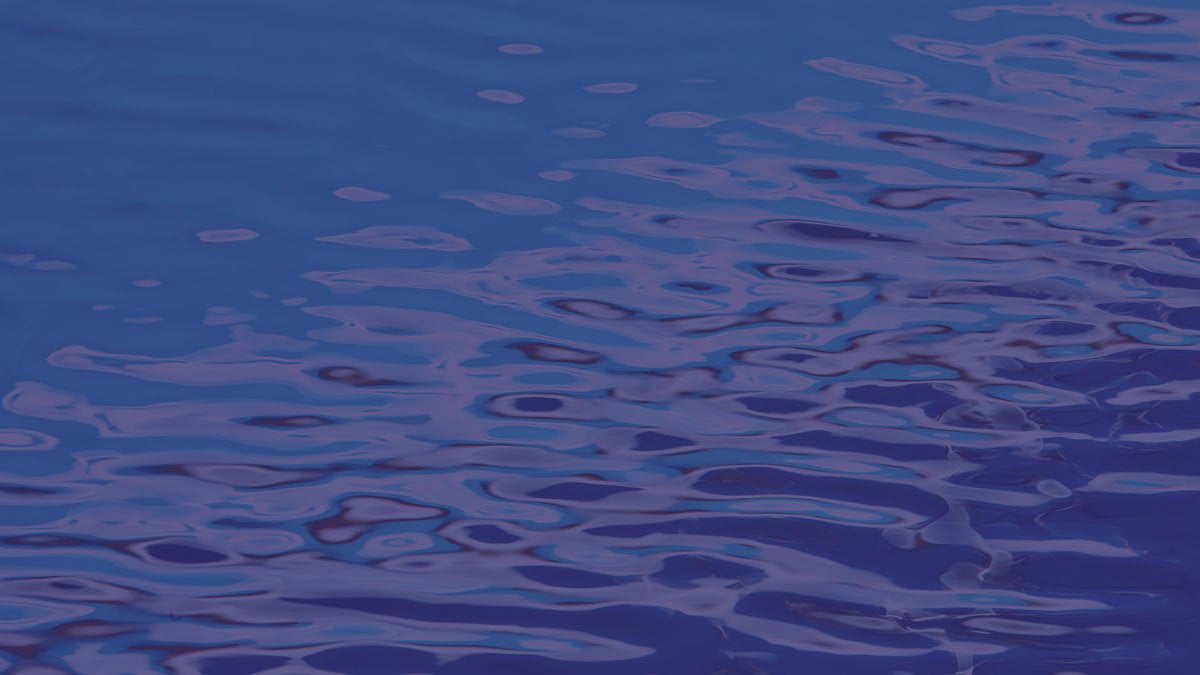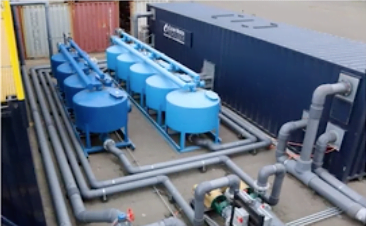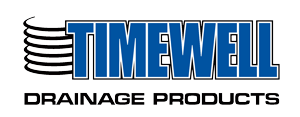Water quality limits and benchmarks are constantly changing and Total Maximum Daily Load (TMDL) requirements are placing an even higher standard of care (and associated risk) on industrial permittees. Stormwater is dynamic by nature however the solutions often available are static and not engineered to be flexible or adapt to changing influent conditions; often resulting in non-compliance, sunk costs in failed BMPs and frustrated stormwater managers, owners and regulators.
This presentation will focus on how both passive and active BMPs can be evaluated along with existing stormwater infrastructure to phase in treatment solutions in an adaptive manner that consistently utilizes treatment components that can be scaled to the next phase of treatment should it become necessary to meet water quality targets, including TMDL associated limits. The presentation will cover case studies that began utilizing passive treatment approaches within the existing infrastructure, how performance of those BMPs were utilized in the design of the next phase and how costs were mitigated in each situation by either incorporating existing equipment into a more advanced solution or limited changes to site conveyance infrastructure. The case studies with cover sites from Washington, Oregon and California, each w/ TMDL considerations and provide a brief summary of the similarities and differences with each industrial general permit.
About Instructors






